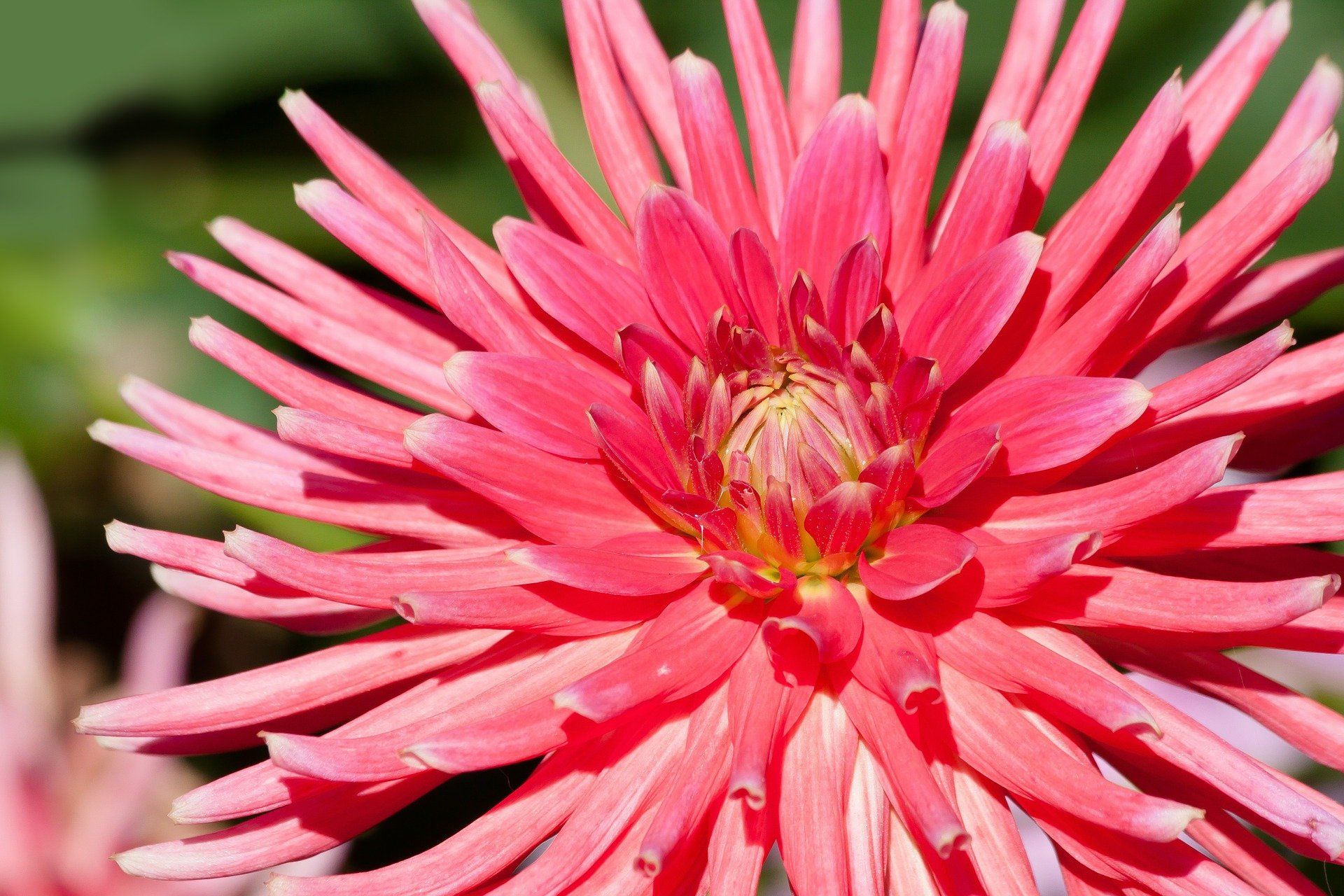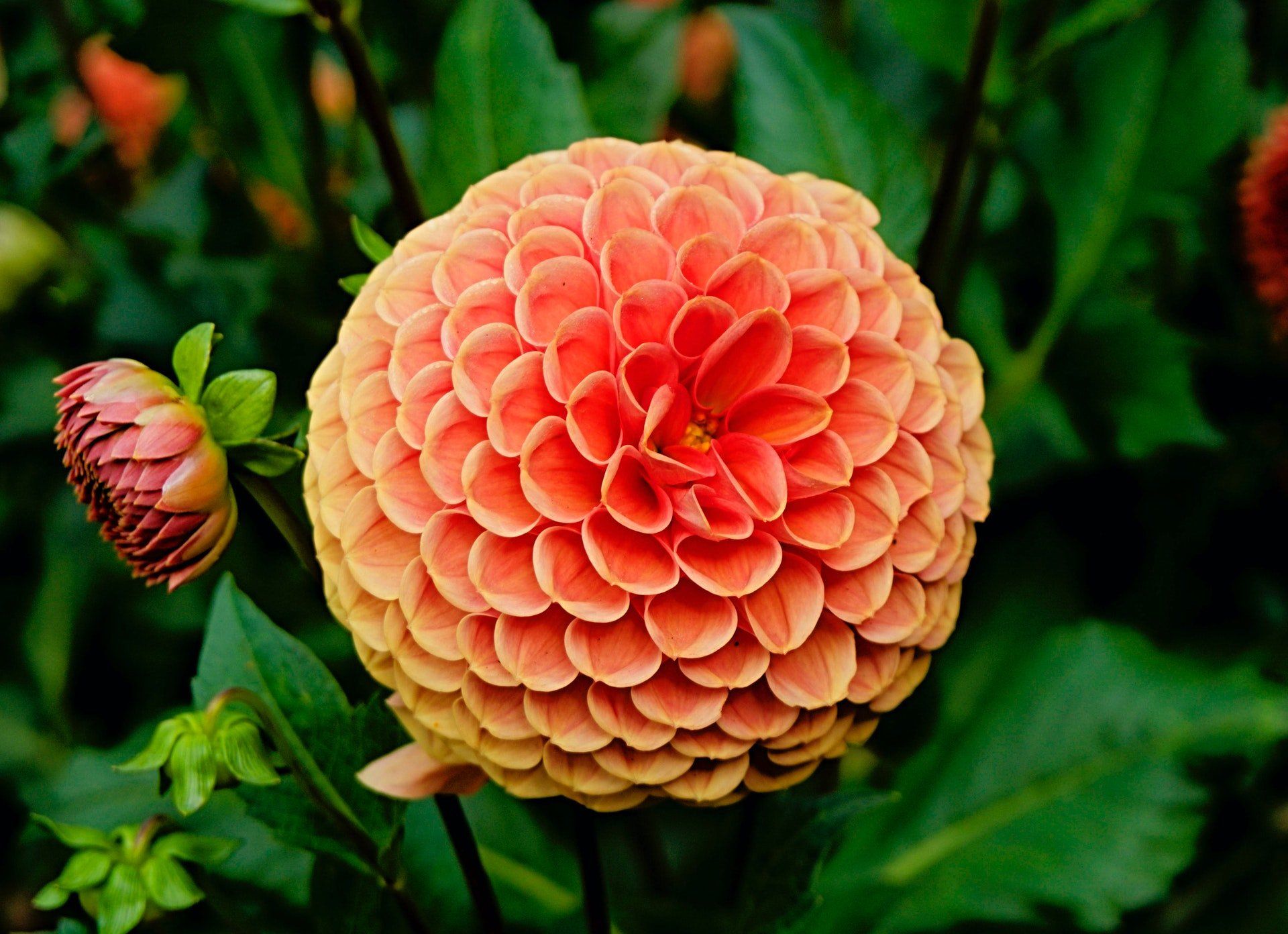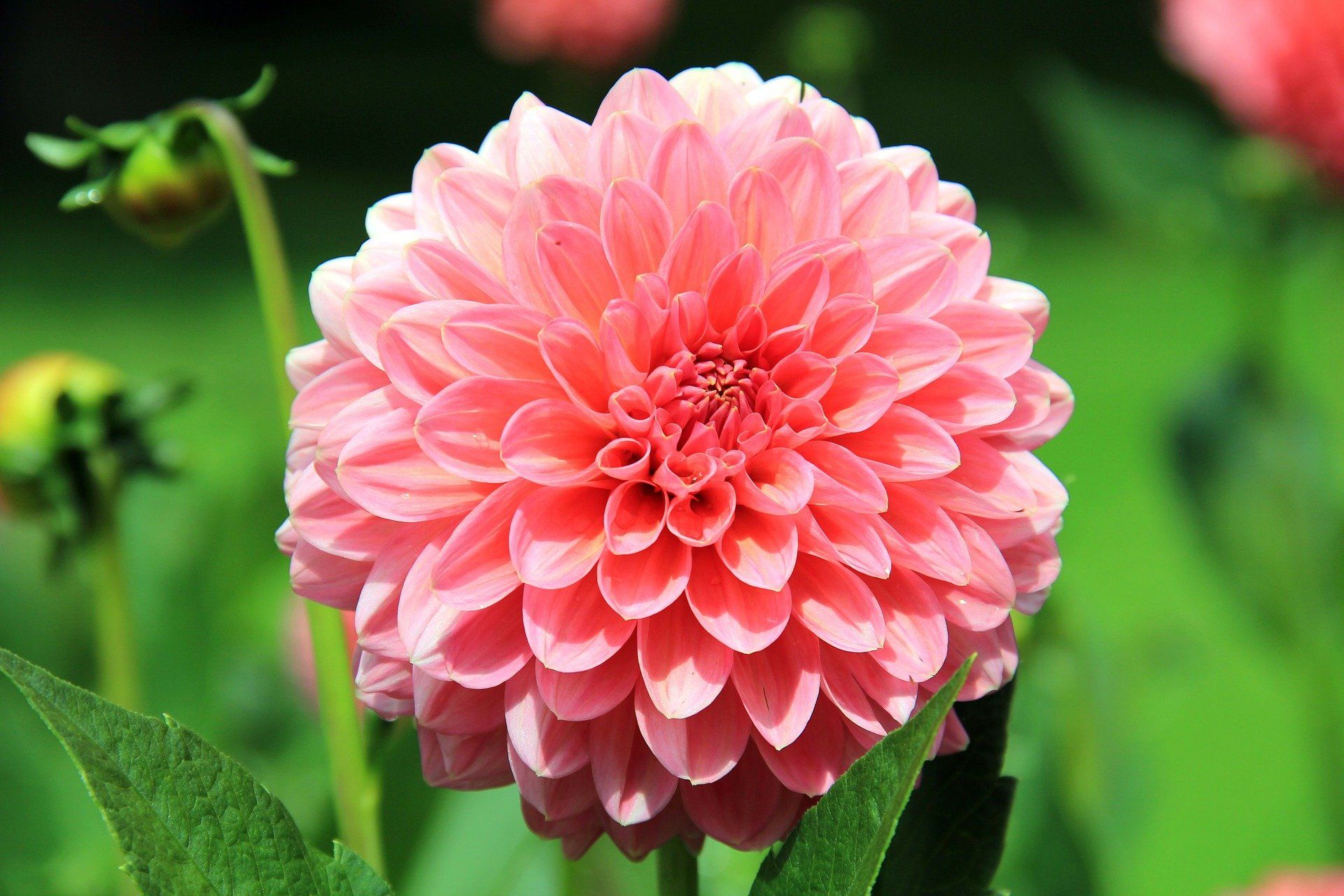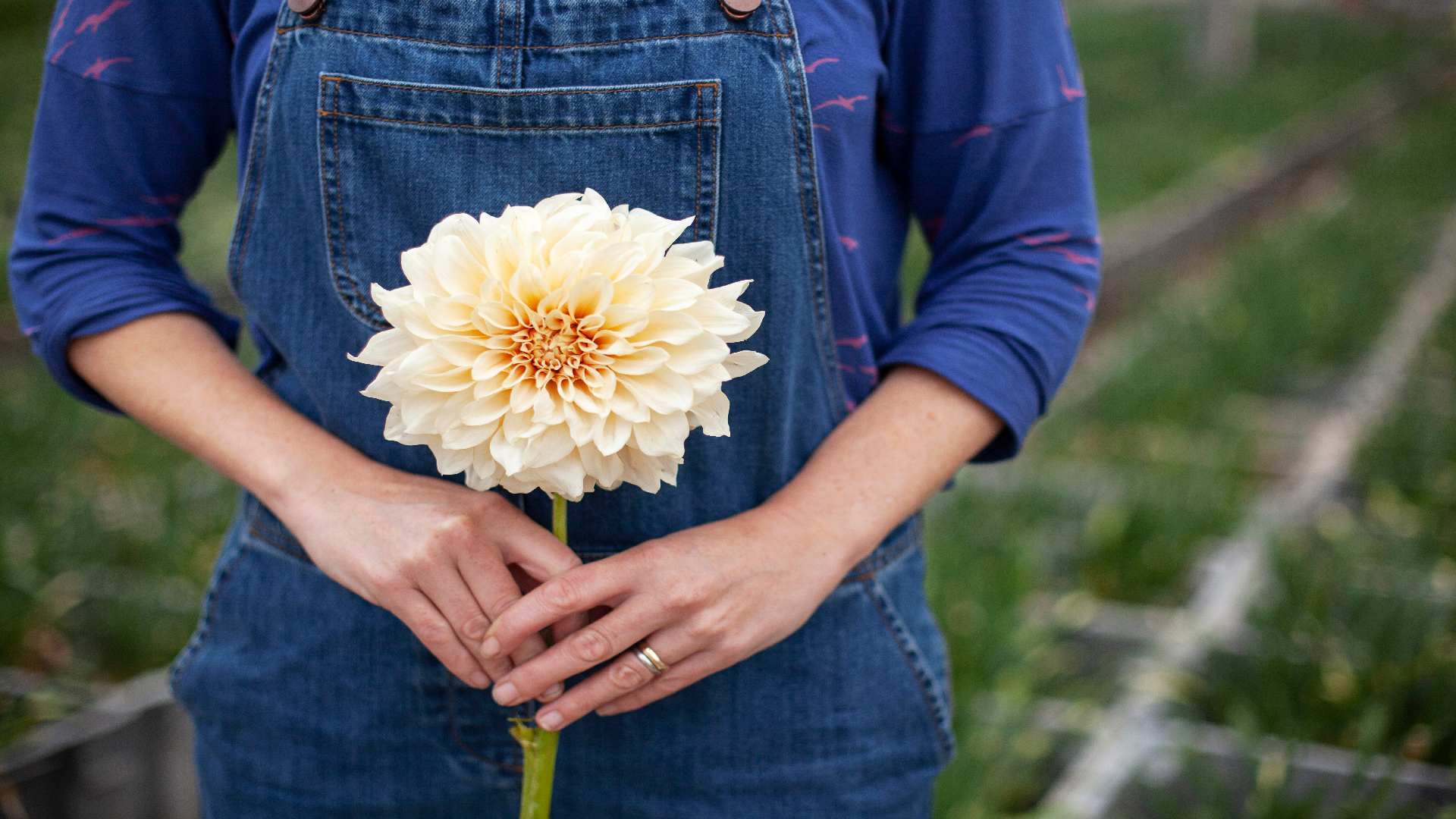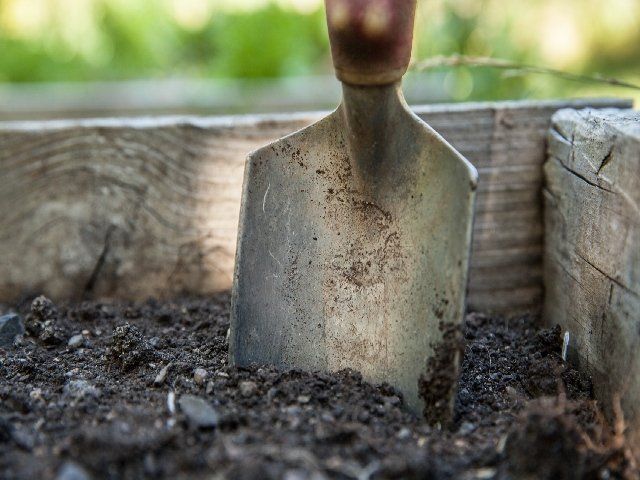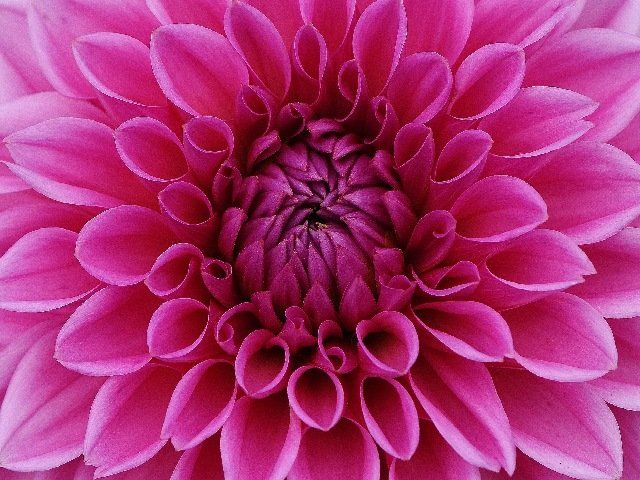Are Dahlias Annuals or Perennials?
Are dahlias annuals, perennials or tender perennials?
If you've ever wondered if dahlias can be grown as perennials, you're not alone
— Many home gardeners ask this question. An understanding of how planting and growing dahlias works is key to successfully growing these beautiful blooms in your garden.
Read on to learn if dahlias will come back year after year to grace your late summer garden with stunning flowers.
Are Dahlias Annual or Perennials?
First, some definitions: An annual is a plant that performs its entire life cycle within a single growing season. That means the plant grows, flowers, goes to seed and dies all within a single year.
A perennial comes back year after year, and lives for at least three years. Many perennials lose their above-soil foliage during the winter, while the roots stay alive under the soil.
What is a tender perennial? A tender perennial is a plant that's native to a climate that doesn't experience cold winter temperatures. In warm climates, the plant behaves as a perennial. When it grows in colder regions, it can't survive the winter without care.
So are dahlias perennials, annuals or tender perennials? Dahlias are native to regions of Guatemala and Mexico, — where temperatures stay warm year-round — so the answer depends on the region where you're growing dahlias:
- In USDA hardiness zone 10, temperatures rarely fall below 20 degrees F. Here, dahlias are perennials. If you live in this climate region, you can leave your dahlia plants in the soil over the winter. They'll come back again in late spring.
- In USDA hardiness zones 8 or 9, dahlias can grow as perennials with a bit of extra care. After the first frost, cut foliage back. Then protect the dahlia tubers with several inches of mulch over the root zone.
- In USDA hardiness zone 7, dahlia plants may survive the winter as long as you protect the dahlia tuber, the tuberous roots that lie beneath the soil. In these regions, dahlia is considered a tender perennial. To be on the safe side, you may want to overwinter your dahlias by digging up the tuberous roots.
- For dahlia gardeners in USDA regions 6 and lower, dahlias are annuals. Here, you must dig up the tuberous roots after the late summer bloom and store them over the winter.
Can Dahlias be Grown as Perennials?
Here's good news for dahlia growers in warmer climate zones: Dahlias can be grown as perennials with some extra care.
Even if you live and garden in cool regions, you can take measures to protect your dahlias' tuberous roots over the winter. That way, you can enjoy
stunning blooms in late summer.
Can you Leave Dahlias in the Ground Over Winter?
You can leave dahlias in the soil over winter if you live in USDA hardiness zone 10. Here, the temperatures are warm enough year-round to keep dahlias alive.
In USDA hardiness zones 7 through 9, leave your dahlias in the soil over the winter with protective steps. After the first frost, cut foliage back to just a few inches tall. Then add several inches of mulch over the top of the dahlia root zone. This helps protect the dahlia roots through the winter.
In cooler hardiness zones, dahlias grow as annuals. You will need to remove dahlia tubers from the soil, store them over the winter and replant them in late spring.
Here's how to overwinter dahlia tubers:
- After the first frost has killed back dahlia foliage, cut the foliage back to a few inches tall.
- Don't disturb dahlia plants for at last one week.
- Using a spade or garden fork, carefully dig the tuberous roots from the soil.
- Place dahlia tubers in a single layer in a shady location that's safe from frost.
- Let them dry for a few days, then trim stems to two inches.
- Place the tubers in a basket, paper bag or cardboard box and fill with vermiculite, sawdust or slightly moist sand.
- Store the dahlia tubers in a dry spot where temperatures remain between 45 and 50 degrees F and humidity is between 65 and 75 percent.
When to Plant Dahlias
Check on your dahlia tubers a few times over the winter. If tubers look shriveled, mist them lightly with water. If any dahlia tubers start to get soft or rot, cut off the affected area.
Plant your dahlia tubers in late spring. Wait until after the danger of frost has passed and the soil reaches temperatures of 55 to 60 degrees F.
Dahlias may be perennials, tender perennials or annuals, depending on the climate zone you live in. In colder climates, a bit of extra care allows you to grow dahlias in the garden year after year.
GET IN TOUCH
Contact Us
We will get back to you as soon as possible.
Please try again later.



